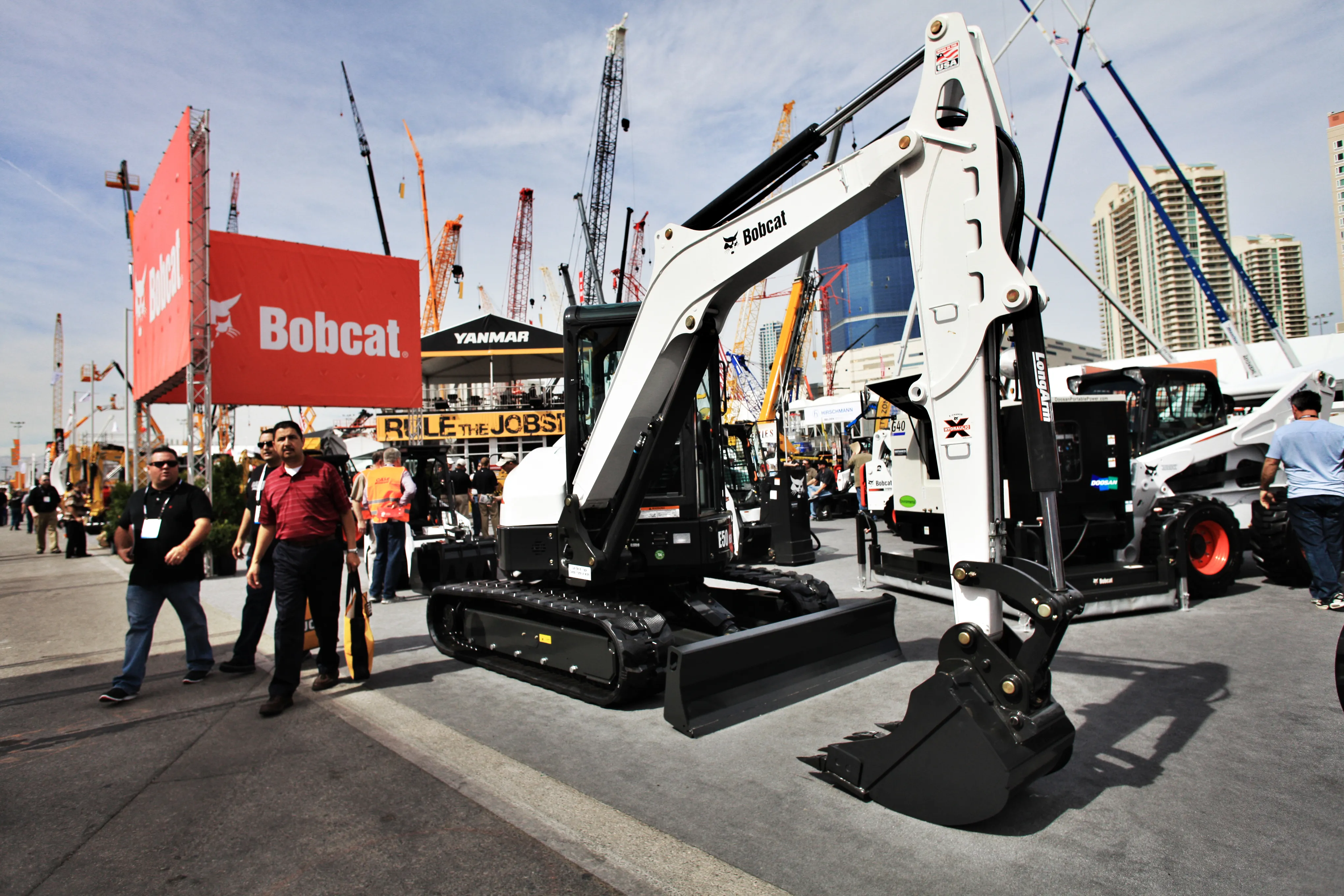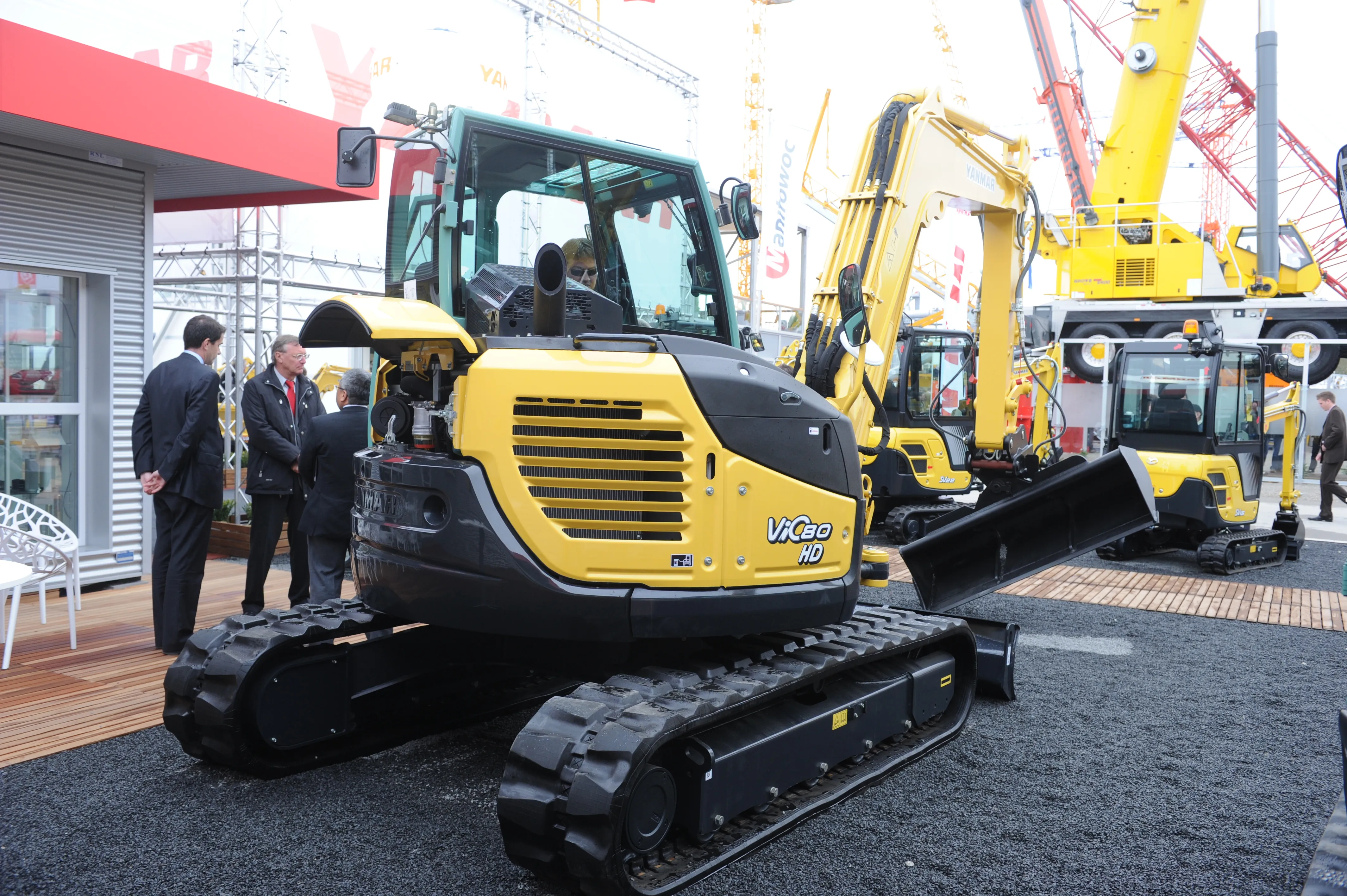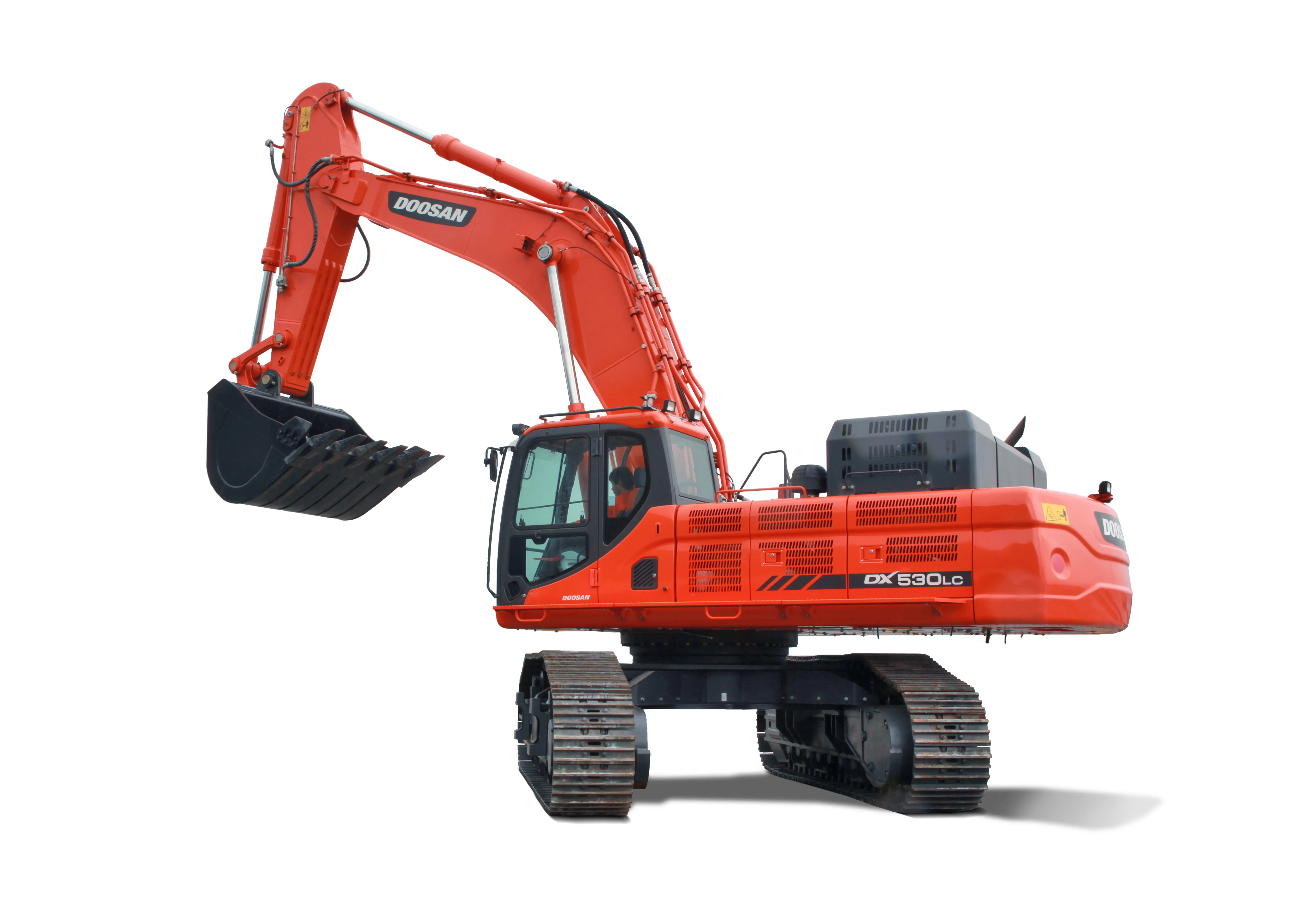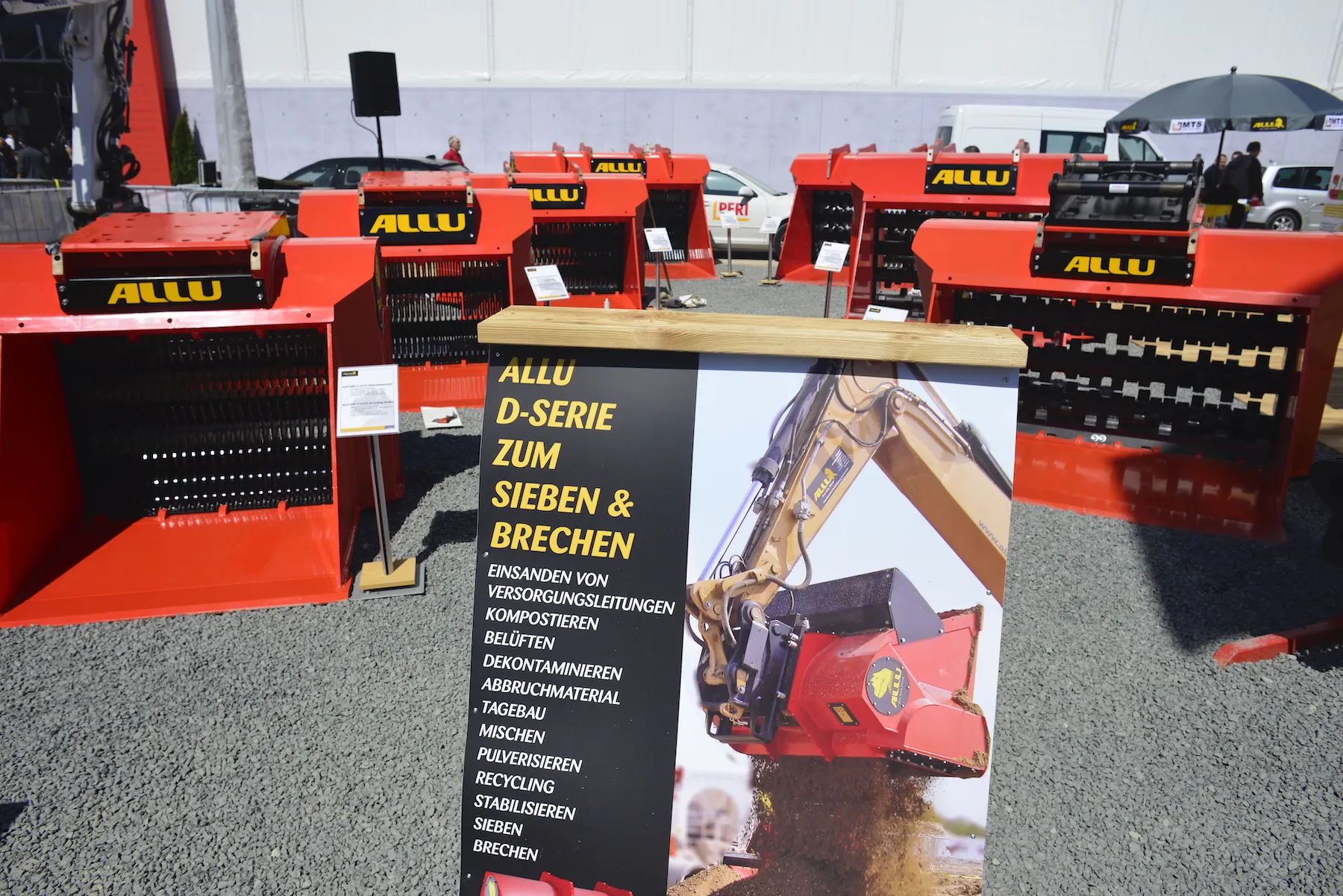Bobcat’s M Series mini excavators have moved to the Tier 4 emissions standard without the need for a diesel particulate filter (DPF). The E42, E45, E50 and E55 mid-size mini excavators use an ultra-low particulate combustion process engine, which in the two heavier models offers up to 12% more torque than previous models of a similar size. The excavators feature a cold weather protection system that recognises when engine temperatures are low and limits the maximum output to prevent premature component fail
March 6, 2014
Read time: 1 min

The E42 and E55 models have a conventional tailswing design, while the E45 is a zero tailswing model and the E50 a reduced tailswing design. The E42, E45 and E55 can all be supplied with a clamp-ready extending dipper arm. All four benefit from independent boom swing and auto-shift travel systems. Switchable auto-idle is also standard on all four excavators.
%$Linker:








